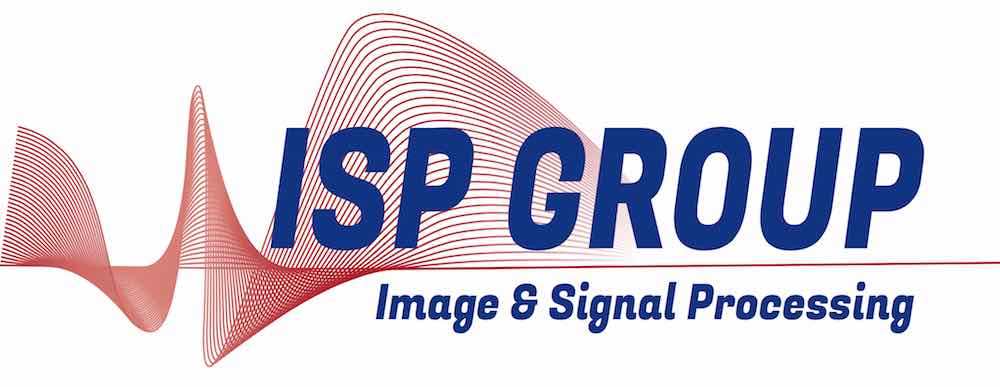-- Tuesday, 17 April 2012 at 14:00 (45 min.)
{
"name":"How to cheat with statistics? A practical guide to the skeptical reviewers.",
"description":"Null hypothesis statistical testing and p-values are used pervasively in research. In some fields of research, such as medicine and neuroscience, a p-value lower than 0.05 may simply be a good enough result to publish. But what does this p-value really mean? What does it rely on? Could we reach such a result by chance only? In this talk, I will present answers to these questions as well as their consequences in terms of the confidence we have in some published results. Finally, I will introduce some alternatives to null hypothesis statistical testing inspired from the Bayesian data analysis literature.",
"startDate":"2012-04-17",
"endDate":"2012-04-17",
"startTime":"14:00",
"endTime":"14:45",
"location":"",
"label":"Add to my Calendar",
"options":[
"Apple",
"Google",
"iCal",
"Microsoft365",
"MicrosoftTeams",
"Outlook.com"
],
"timeZone":"Europe/Berlin",
"trigger":"click",
"inline":true,
"listStyle":"modal",
"iCalFileName":"Seminar-Reminder"
}
Null hypothesis statistical testing and p-values are used pervasively in research. In some fields of research, such as medicine and neuroscience, a p-value lower than 0.05 may simply be a good enough result to publish. But what does this p-value really mean? What does it rely on? Could we reach such a result by chance only? In this talk, I will present answers to these questions as well as their consequences in terms of the confidence we have in some published results. Finally, I will introduce some alternatives to null hypothesis statistical testing inspired from the Bayesian data analysis literature.
